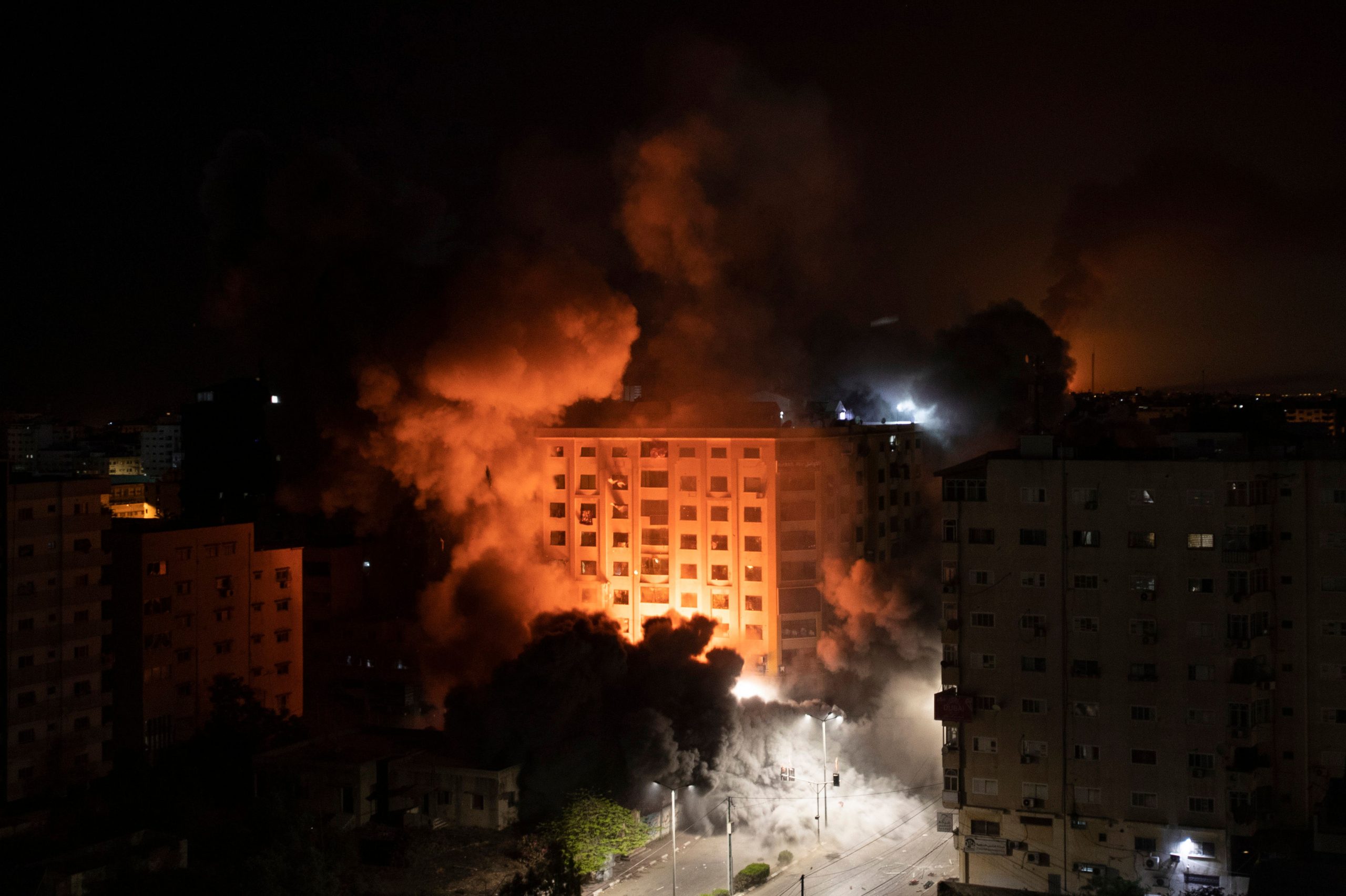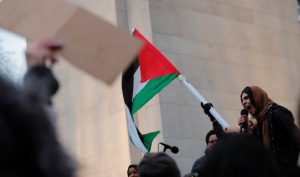Israel and Palestine have never experienced complete calm or peace, with sporadic incidents of violence here and there. But the recent confrontation in Jerusalem is extraordinary, escalated by rocket attacks and airstrikes, which has left at least 35 dead in Palestine and five in Israel.
Also read: Photos | Air strikes, rocket barrages and more from the Israel-Hamas violence
What has triggered the latest escalation?

Anger started building up since the start of the holy month of Ramadan, last month, when the Israeli police stopped Palestinians from gathering outside the Old City — an unofficial tradition.
Tensions further escalated over an Israeli court ruling on whether to evict Palestinians from the majority-Arab neighbourhood of Sheikh Jarrah in East Jerusalem and to give their homes to Jews. The ruling was scheduled for Monday (May 10), but the court deferred it.
However, before that clashes had erupted between Palestinians and Israeli police, scores from both sides were wounded.
Also, the Israeli police had given permission to thousands of Israeli ultranationalists to march through the Old City on Jerusalem Day on May 10. The day marks the capture of the Old City by Israel in 1967. This added fuel to the already raging fire, although the march was later rerouted.

Ahead of the provocative march, the Israeli security forces entered the Al-Aqsa Mosque, the third holiest site in Islam, to evict Palestinians. Israel had claimed that the Palestinians were camping at the mosque with stones and Molotov cocktails.
Hamas, which controls Gaza, warned the Israeli forces to withdraw from the Al-Aqsa mosque.

It later launched rocket attacks, followed by Israeli airstrikes.
Also read: US condemns rocket attacks by Hamas, recognises Israel’s right to defend
What is the history of Sheikh Jarrah?
Sheikh Jarrah is a predominantly Arab-majority neighbourhood in East Jerusalem. As per The Guardian, Jewish families had claimed that they lost land in Sheikh Jarrah during a war in 1948, which coincided with the formation of Israel in historical Palestine. The Palestinians also lost land.
Israel captured East Jerusalem in the six-day war, also known as June War, in 1967.
According to Israeli law, if Jewish settlers can prove that he/she owned land in Sheikh Jarrah before 1948, they can get it back. There is no such law for the Palestinians.
It was this issue that the Israeli court was scheduled to pronounce ruling on May 10, before it was deferred over violence.

Why is Jerusalem the flashpoint of the Israel-Palestine conflict?
Jerusalem houses the Old City, which is home to both — the Temple Mount, the holiest site in Judaism and the Al-Aqsa Mosque, the third holiest site in Islam.
Jerusalem was to become an international city, as per the original 1947 UN partition plan.
However, its western part was annexed by Israel and eastern, which houses the Old City, by Jordan in the first Arab Israel war of 1948.
Also read: UN ‘deeply concerned’ by Israeli-Palestinian violence
In the 1967 six-day war, Israel captured East Jerusalem from Jordan and since then, the Jewish settlement in the area has swelled.
Although Israel considers the whole city as its capital. Palestine rejects this, as well as any compromise without East Jerusalem as its capital.







